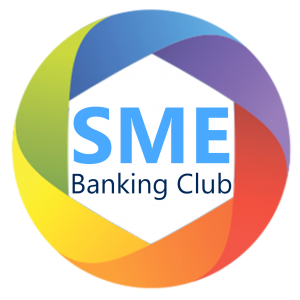Václav Mladěnka from MONET+ (Czech Republic) explained the topic of digital identity and boosting digital business during the latest CEE22 SME Banking Conference in Prague.
Probably it’s no need to say why we need a digital identity. Rather we’re discussing these days how to implement it. Václav mentioned 3 types of digital identity implementations:
1. Digital identity as legacy bank identity components, where different applications have some security inbuilt. Which causes complications when trying to manage access to data.
2. Digital identity as a standalone product in bank services: all the above components are combined. As result, it can serve access to the channels through one process.
3. Digital identity as a product that operates beyond the bank: PSD2/Open Banking TPPs, e-Government services, identity consumers, and identity providers, where the bank is a whole ecosystem that can provide data to third parties. Václav stressed that in this case, it’s not only about investing, and increasing costs, but it also can potentially provide some revenue to the organization.
How does it work in real life?
The registered authentication means for eIDAS-compliant electronic identification of substantial level increased. Moreover, the e-Government services for bank customers dramatically increased during the COVID pandemic. So, 59% of the bank’s identity is used in logging in to the e-Government services by customers that’s quite a lot, and 41% use other methods.
What are the advantages of using digital identity?
- There are single sign-on features that improve the customer journey.
- There is less effort for new banking product delivery.
- The costs of changing are reduced.
How can it help to generate business?
- It can change the cost stream to revenue.
- It can accelerate strategic partnerships (cross-selling/up-selling opportunities).
- There are new use cases beyond banking (a connected economy).
Václav Mladěnka also demonstrated a use case for the ČSOB banking app. He paid attention that the identity provider should be responsible for security, compliance, strong customer authentication, and transaction signing as well. In conclusion, it will cause a simpler interaction with a customer, and the other channels can be used (single sign-on to online banking, insurance service, etc.).
What is the onboarding for 21 century?
Digital channel => ID provider => Mobile key => Verified customer.
To learn more details, watch the full video below:






